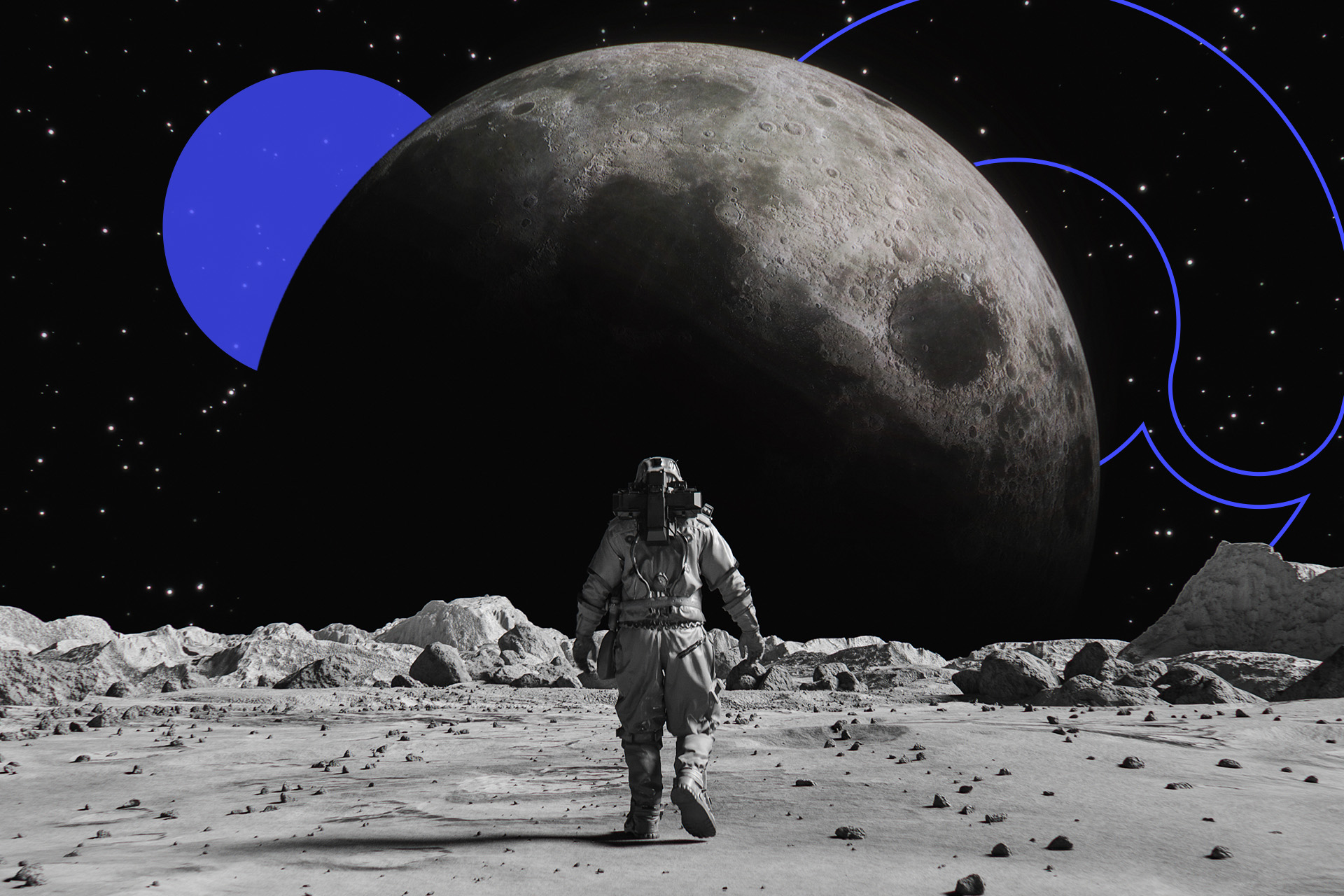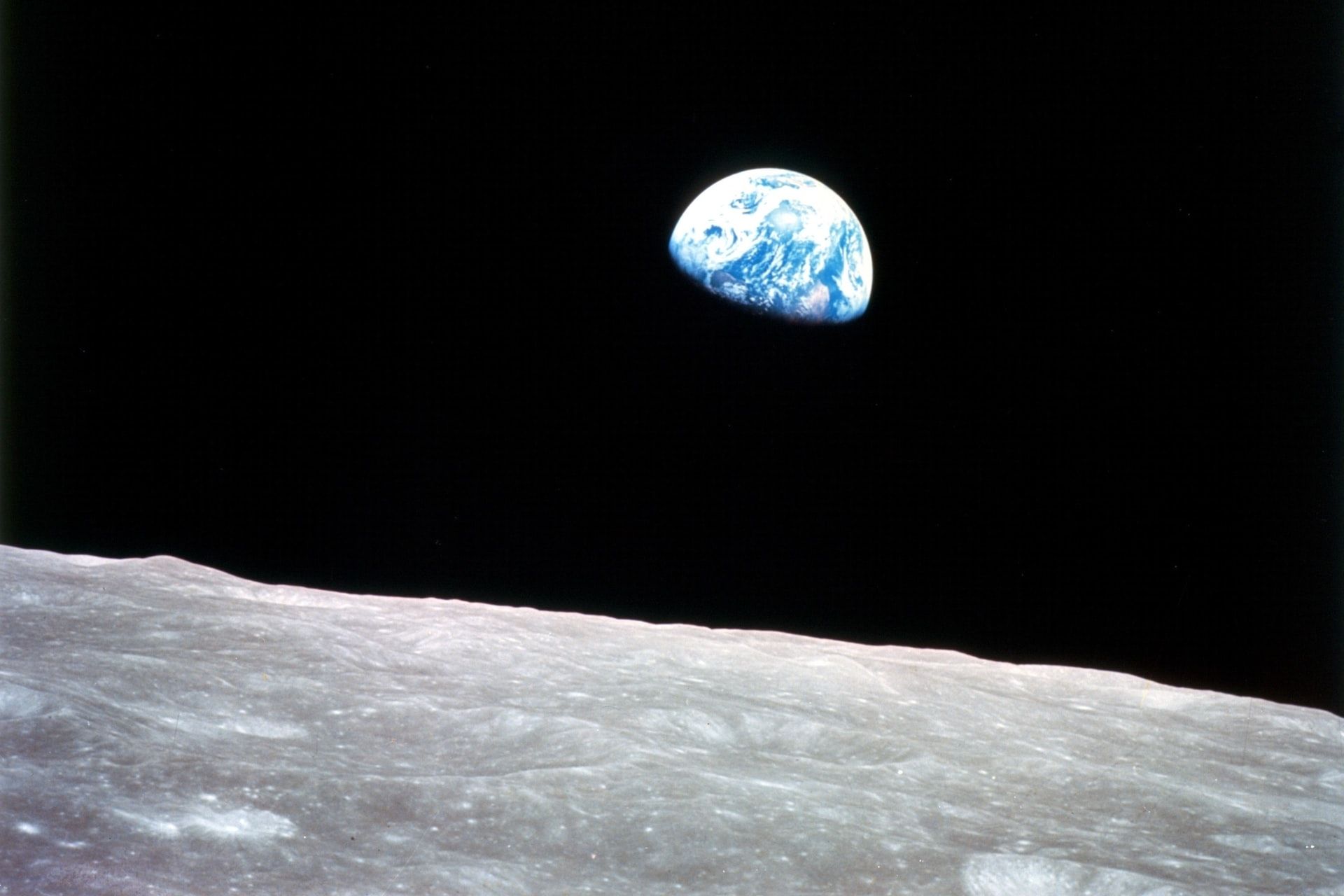
What Will It Take to Get Back to the Moon?
August 13, 2019 - Emily Newton
Revolutionized is reader-supported. When you buy through links on our site, we may earn an affiliate commision. Learn more here.
Humans are looking at the moon as a destination for the first time since the Apollo program ended in the 1970s. The goal of this new space race is to get us back to the moon by 2024 and establish a permanent presence there by 2028. What will it take to get us back to the moon, and how close are we to reaching that goal?
2020 — Finish SLS and Orion
NASA has a massive to-do list to get through if, as the vice president has demanded, it’s going to have astronauts back on the moon by 2024. The first thing they need to do is finish developing and testing the spacecraft that will carry those astronauts to our nearest celestial neighbor. The Space Launch System (SLS) will be the most powerful rocket ever built and will carry the Orion capsule into orbit — but neither of these systems is ready for launch just yet.
NASA engineers weren’t rushing through the development and testing process because, until early this year, the SLS was on track for a trip to Mars with a 2030 deadline. Vice President Pence shaved six years off their schedule and changed their destination, which has left NASA scrambling to get SLS and Orion ready in time.
Now, NASA is planning to launch an uncrewed mission to the moon in 2020 using both SLS and Orion, though some industry experts believe this test won’t happen until 2021. This uncrewed mission, dubbed Artemis 1, will launch the Artemis program and hopefully pave the way for crewed test missions before the 2024 deadline.
In the meantime, NASA is commercializing trips to low Earth orbit, or LEO, such as resupply missions and even space tourism to the International Space Station. This trend toward commercialism may help offset some of the costs of getting to the moon on such a short deadline. It’s going to be expensive to get astronauts back to the moon by 2024. NASA’s administrator requested a $1.6 billion “down payment” from Congress for 2020 just to get the process started. The space agency will likely need three to four times that amount to complete its work in time.
2022 — Gateway
One of the key components of the Artemis moon missions is the space station that will be in orbit around the lunar surface. Dubbed Gateway, this station will serve as a home away from home for Artemis astronauts, as well as a place to regroup after spending time on the surface. Eventually, Gateway may become a permanently crewed station similar to the ISS, but with the mission’s shortened deadline, NASA even had to scale down the station.
NASA is planning to launch the first section of the station — the Power and Propulsion Element — in 2022. By the time NASA’s ready to send astronauts to the moon in 2024, there will be enough components to support human life in orbit around the moon, carried by private space companies working with NASA.
This initial incarnation will have minimal life support and docking ports, and will only be able to support two-person missions. That should be more than enough to get boots on the ground before the end of 2024, which will mark the end of Phase 1 of the Artemis mission. If successful, NASA will work on adding additional modules to Gateway to beef it up for Phase 2, which will start to turn Gateway into a stepping stone between Earth and Mars.
2024 — Artemis
The short-term goal of this quest back to the moon is to get astronauts back on the lunar surface by 2024. Artemis 1 is on track to take off sometime in 2020 or 2021 — the uncrewed test of the SLS and Orion. Artemis 2, scheduled for 2023, will be a crewed lunar flyby, still using the SLS and Orion. It will be the first time humans have orbited the moon since the Apollo missions.
If all goes according to plan, Artemis 3 will be the mission that will bring humanity back to the moon. The Orion capsule will dock with the Gateway station, and two of the astronauts will descend to the lunar surface. The plan right now is to investigate the Shackelton Crater at the moon’s south pole. From there, part of the lander will stay on the surface, and the astronauts will travel back up to the Gateway station before heading home in the Orion capsule. The Artemis 3 mission is supposed to take fewer than 30 days, total.
Artemis 4-8 are scheduled to take place between 2024 and 2028, to help create a sustained presence on the moon’s surface or on the Gateway station.
Going Back to the Moon
We’ve still got a long way to go to get astronauts back to the moon. NASA’s got a long to-do list, but they’re slowly and steadily checking things off to try and beat that 2024 deadline. The next significant milestone we have to look forward to is the uncrewed test of the SLS and Orion — Artemis 1 — in 2020 or 2021. It’s going to take a lot of hard work and sleepless nights to get humanity back to the moon, but the minds at NASA are up to the challenge.
Revolutionized is reader-supported. When you buy through links on our site, we may earn an affiliate commision. Learn more here.
Author
Emily Newton
Emily Newton is a technology and industrial journalist and the Editor in Chief of Revolutionized. She manages the sites publishing schedule, SEO optimization and content strategy. Emily enjoys writing and researching articles about how technology is changing every industry. When she isn't working, Emily enjoys playing video games or curling up with a good book.




